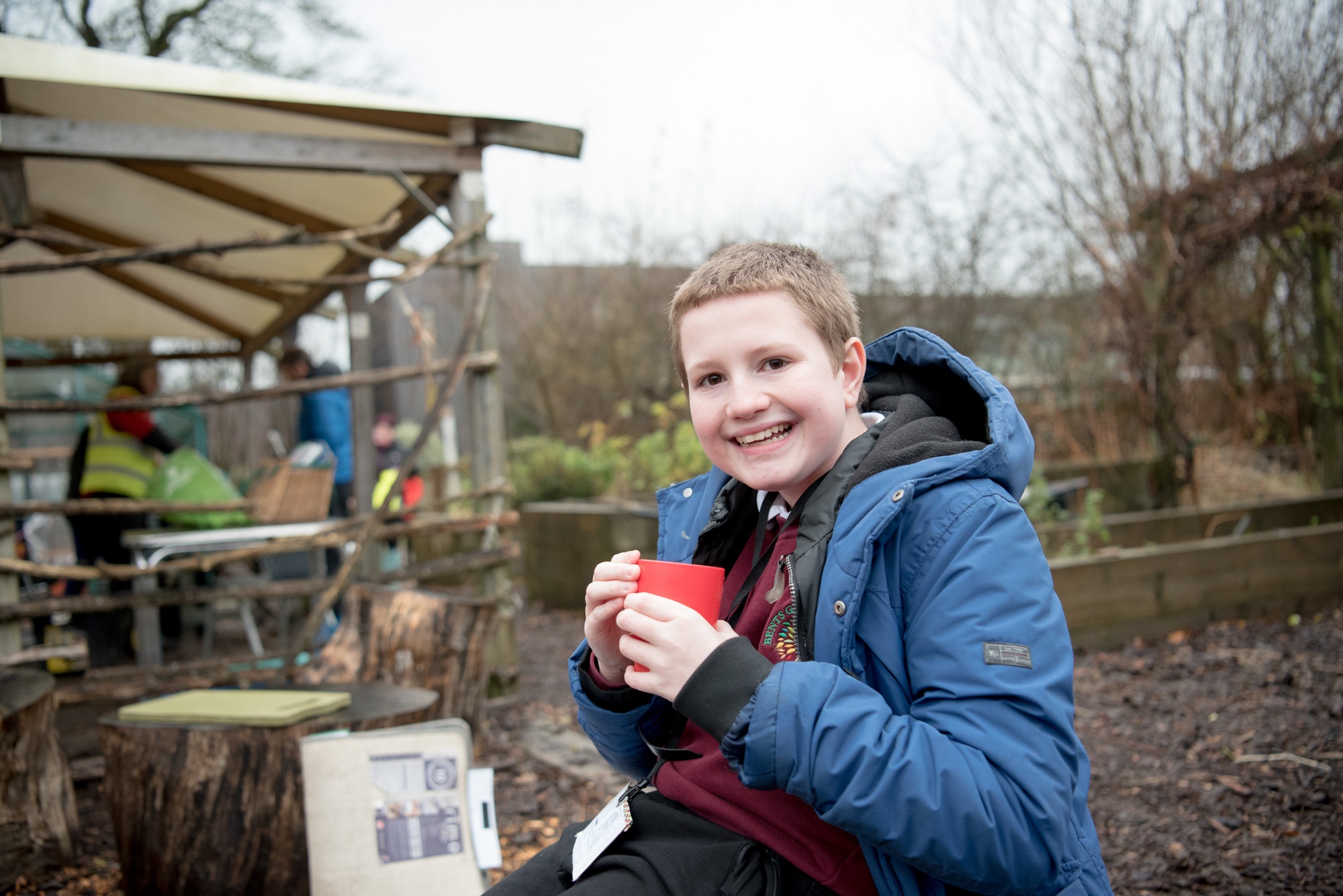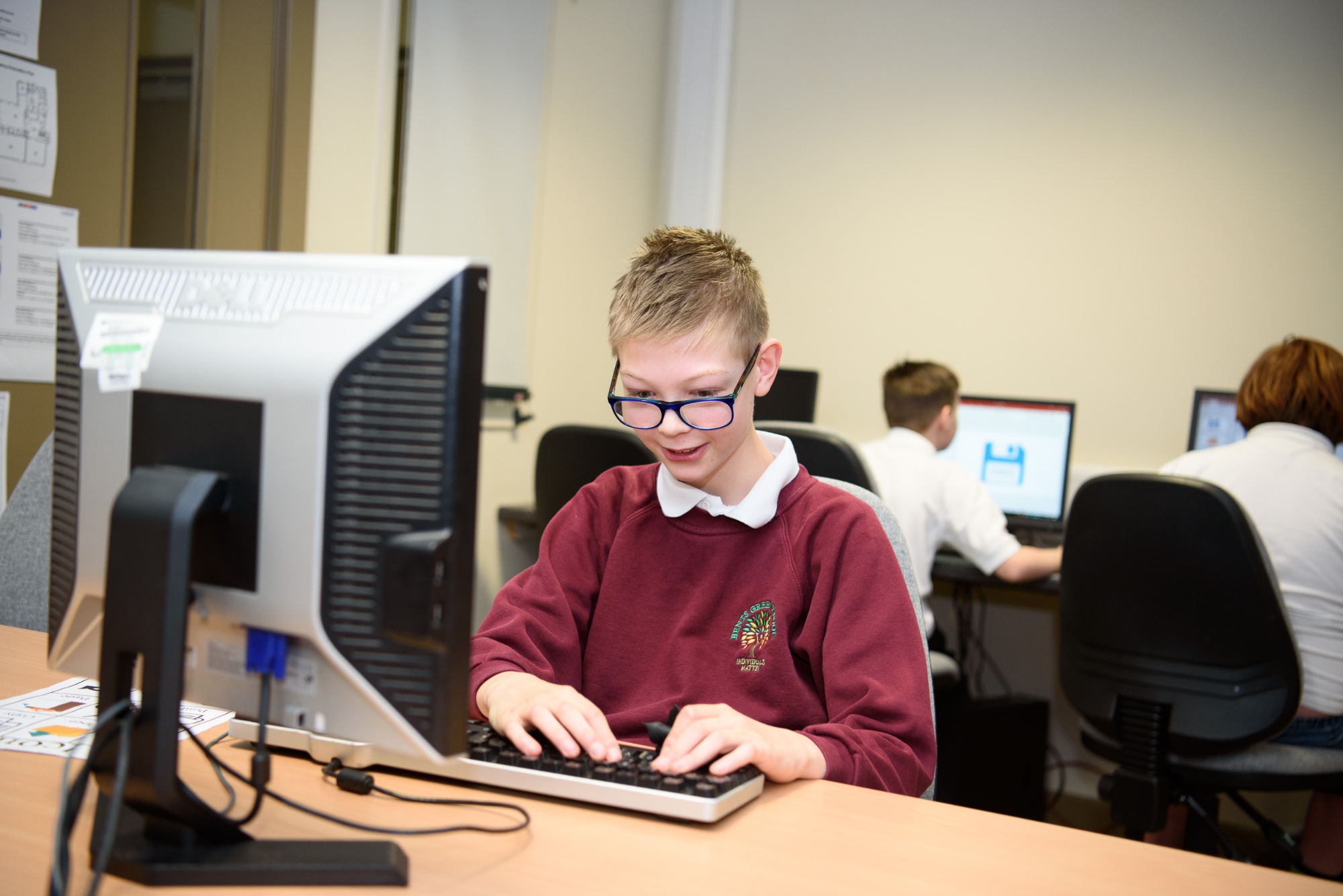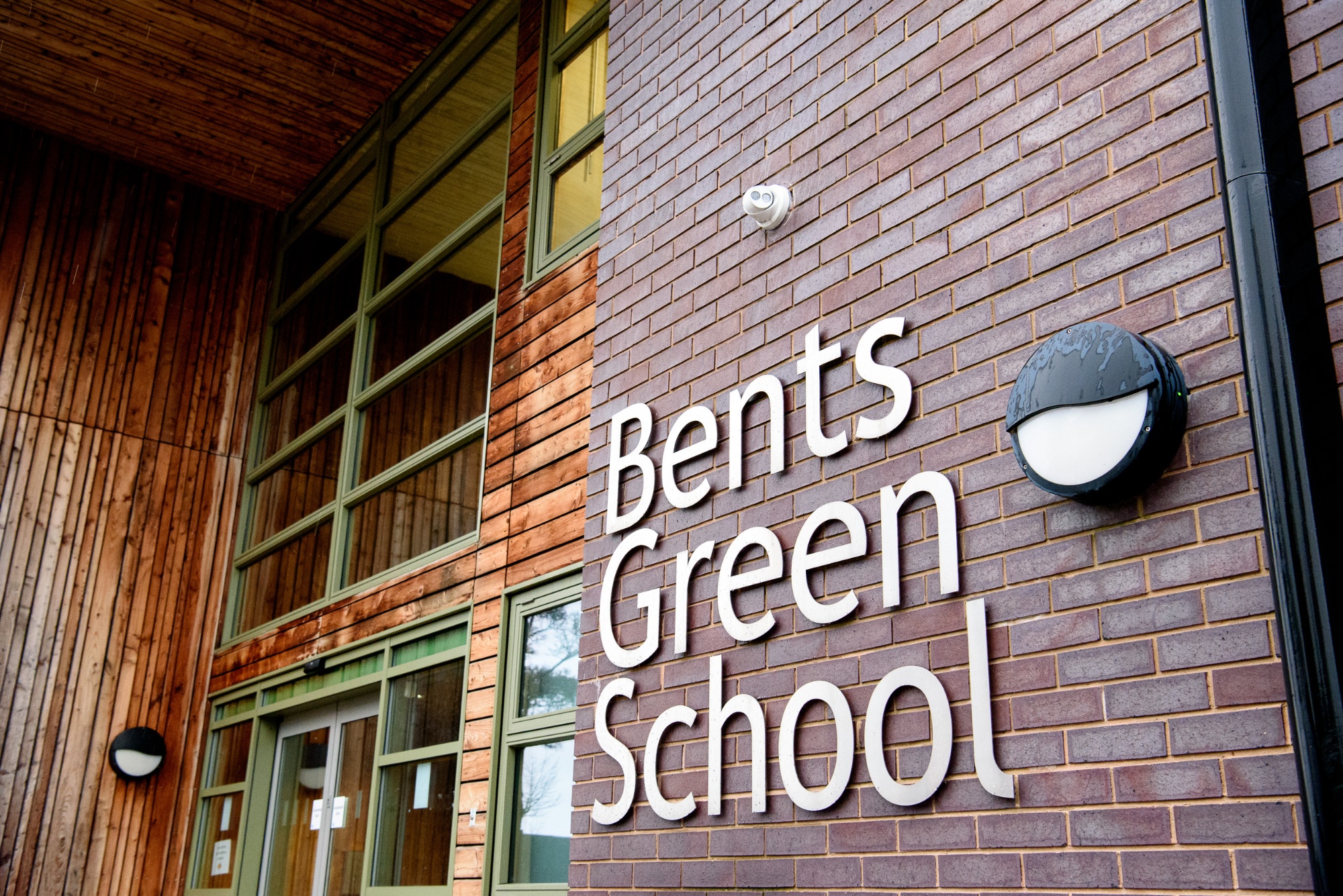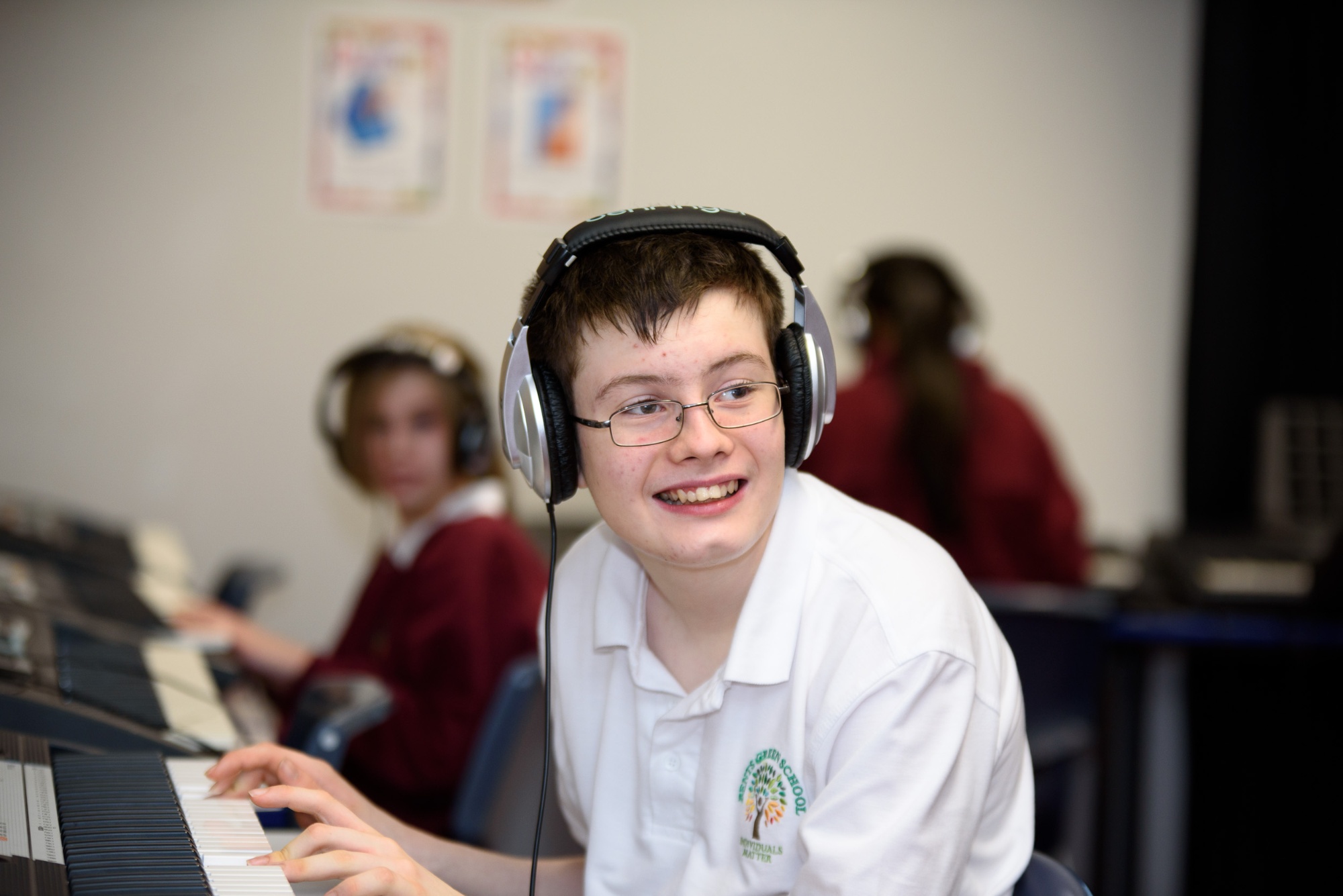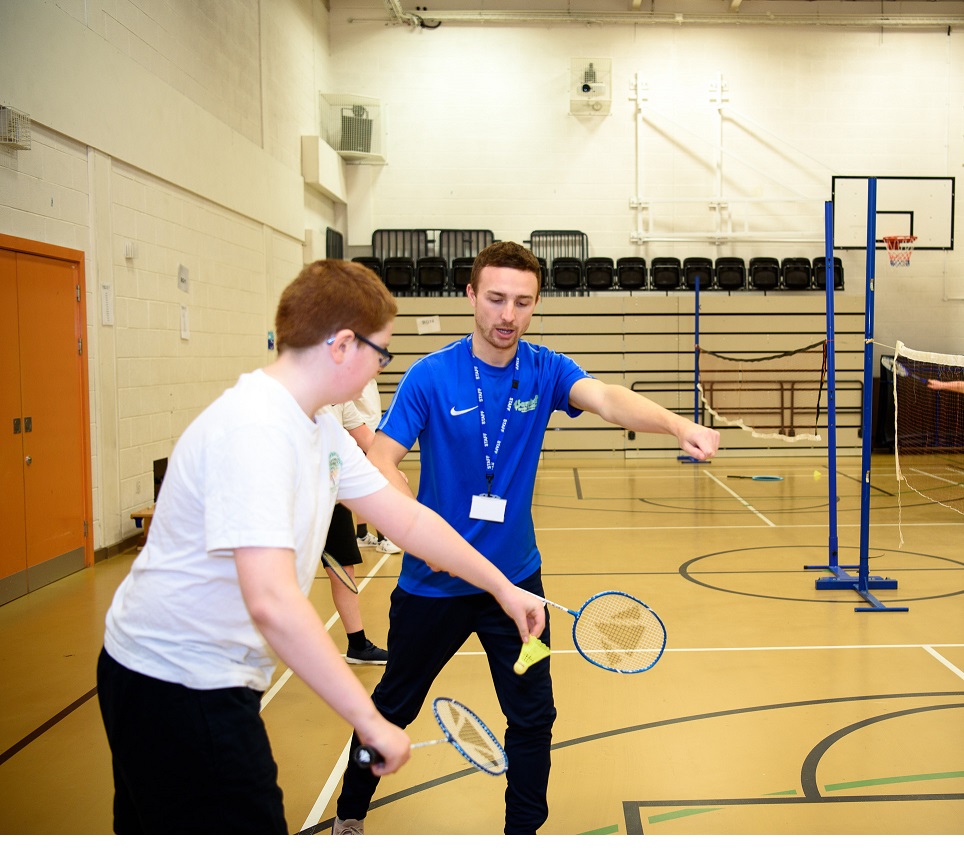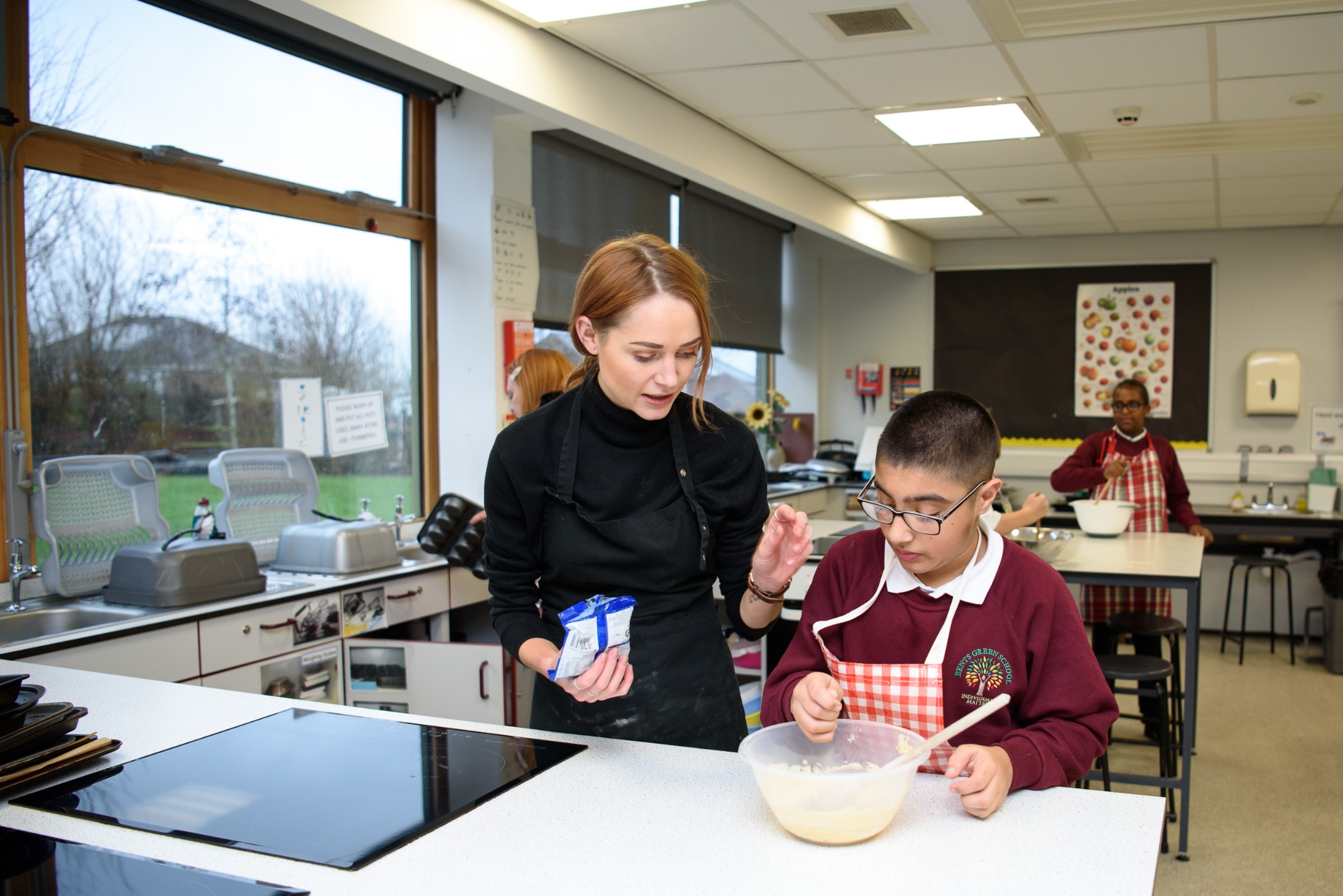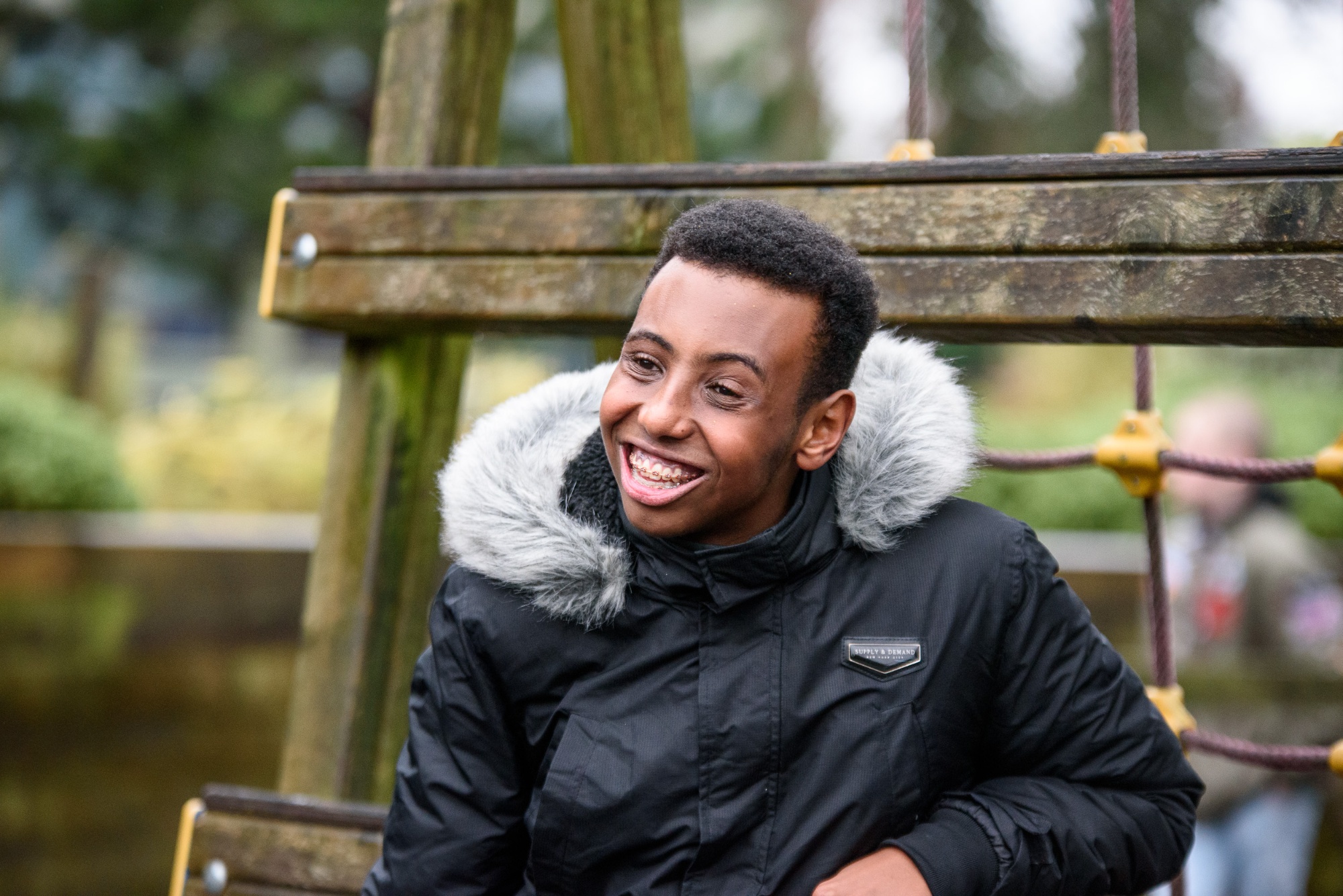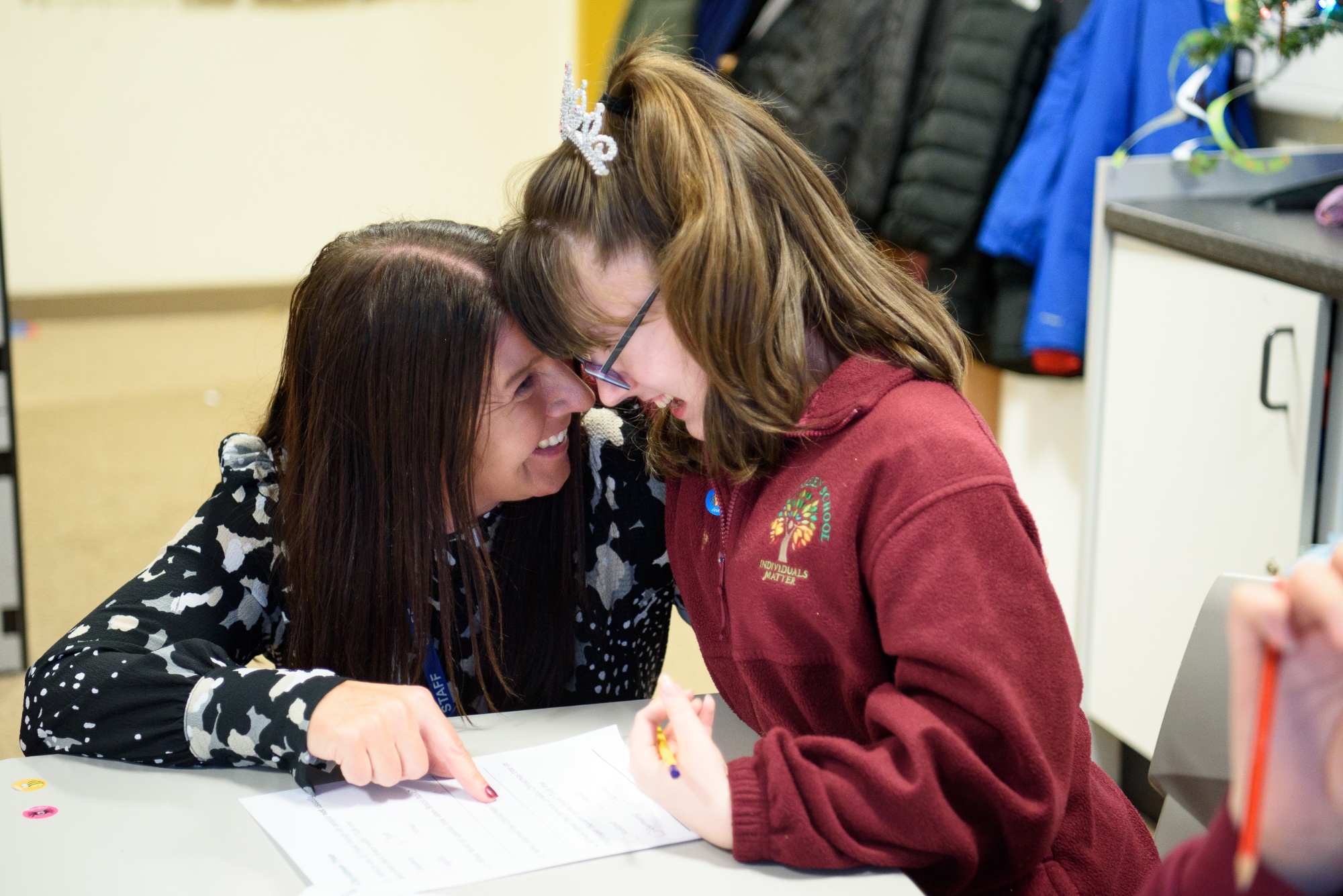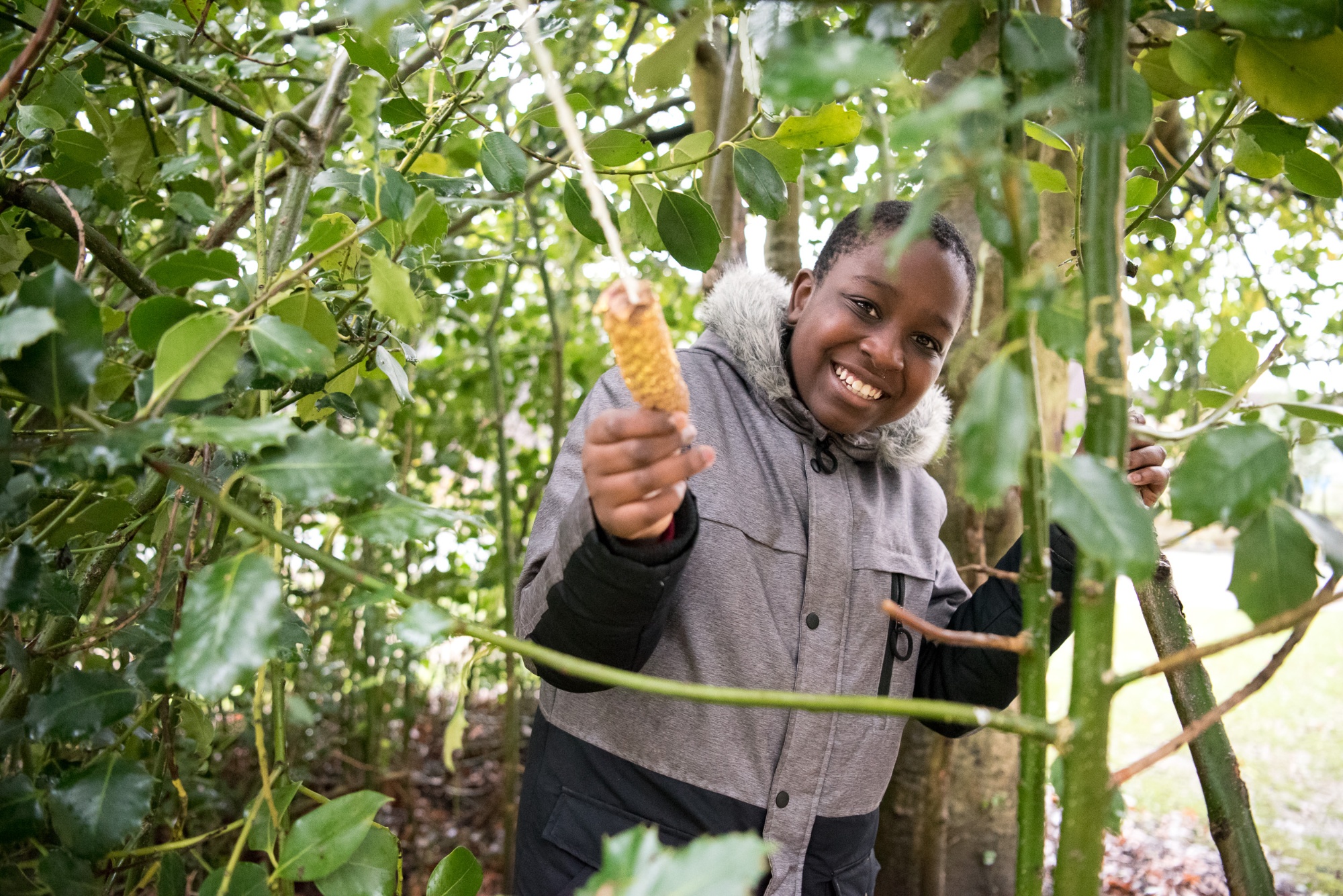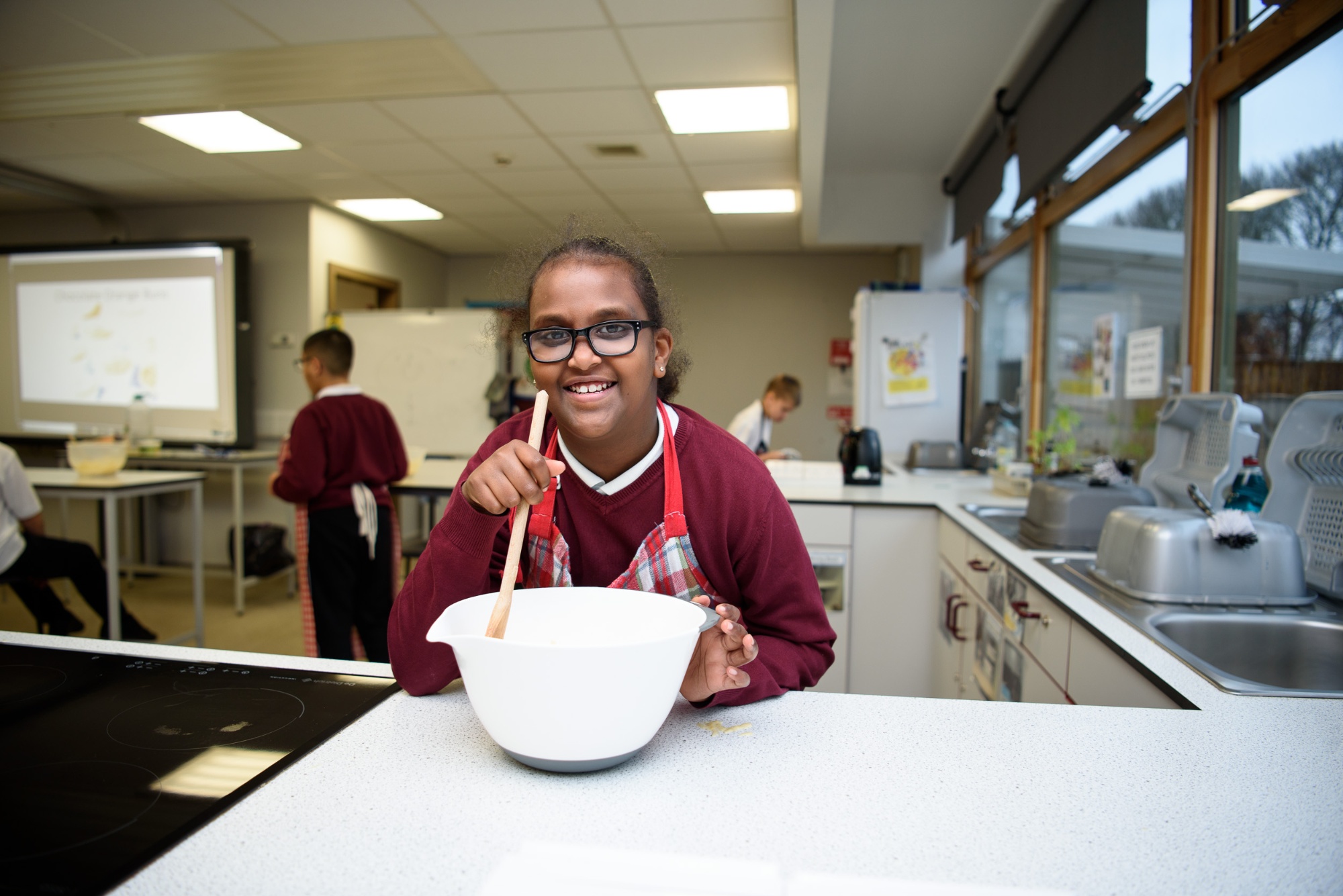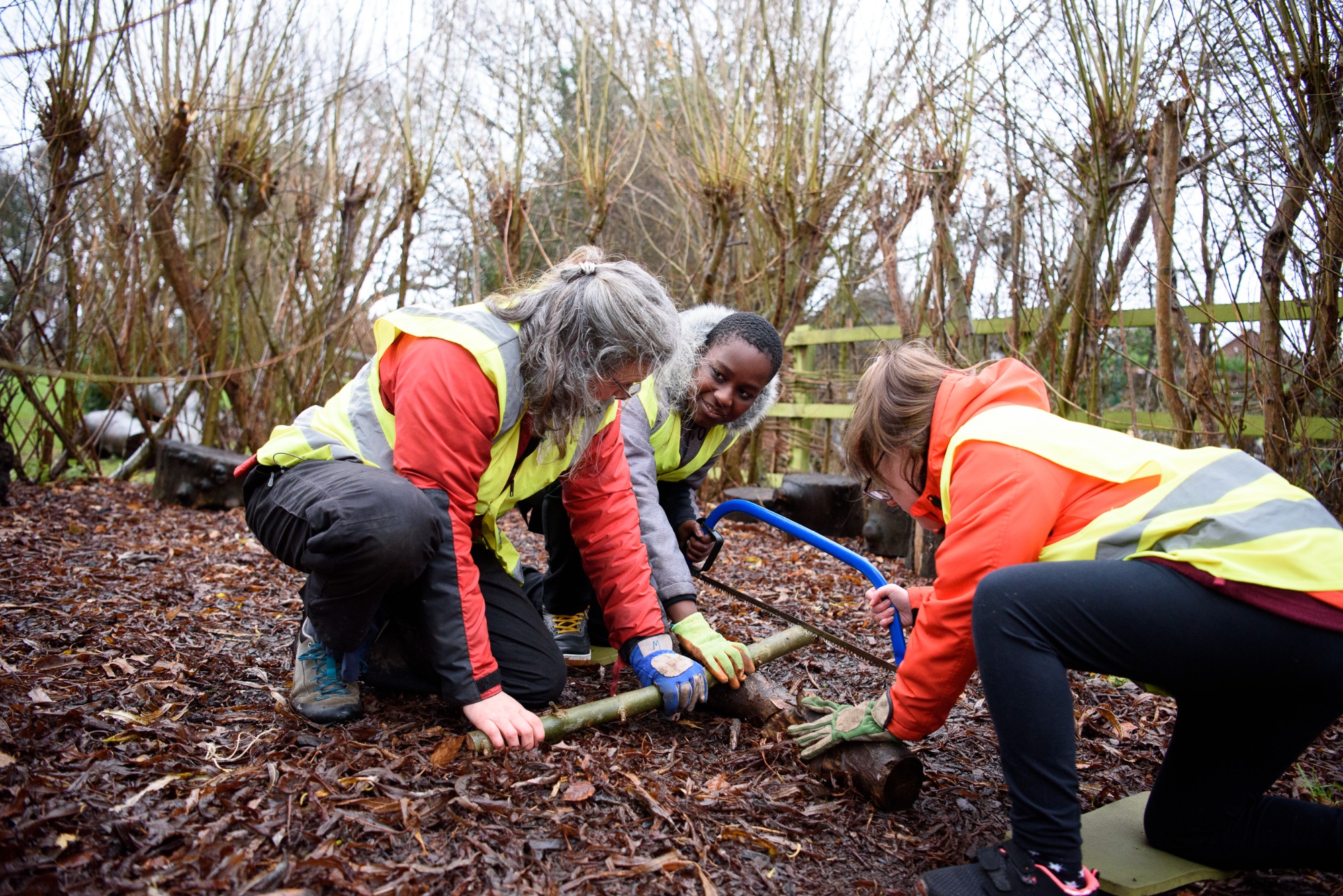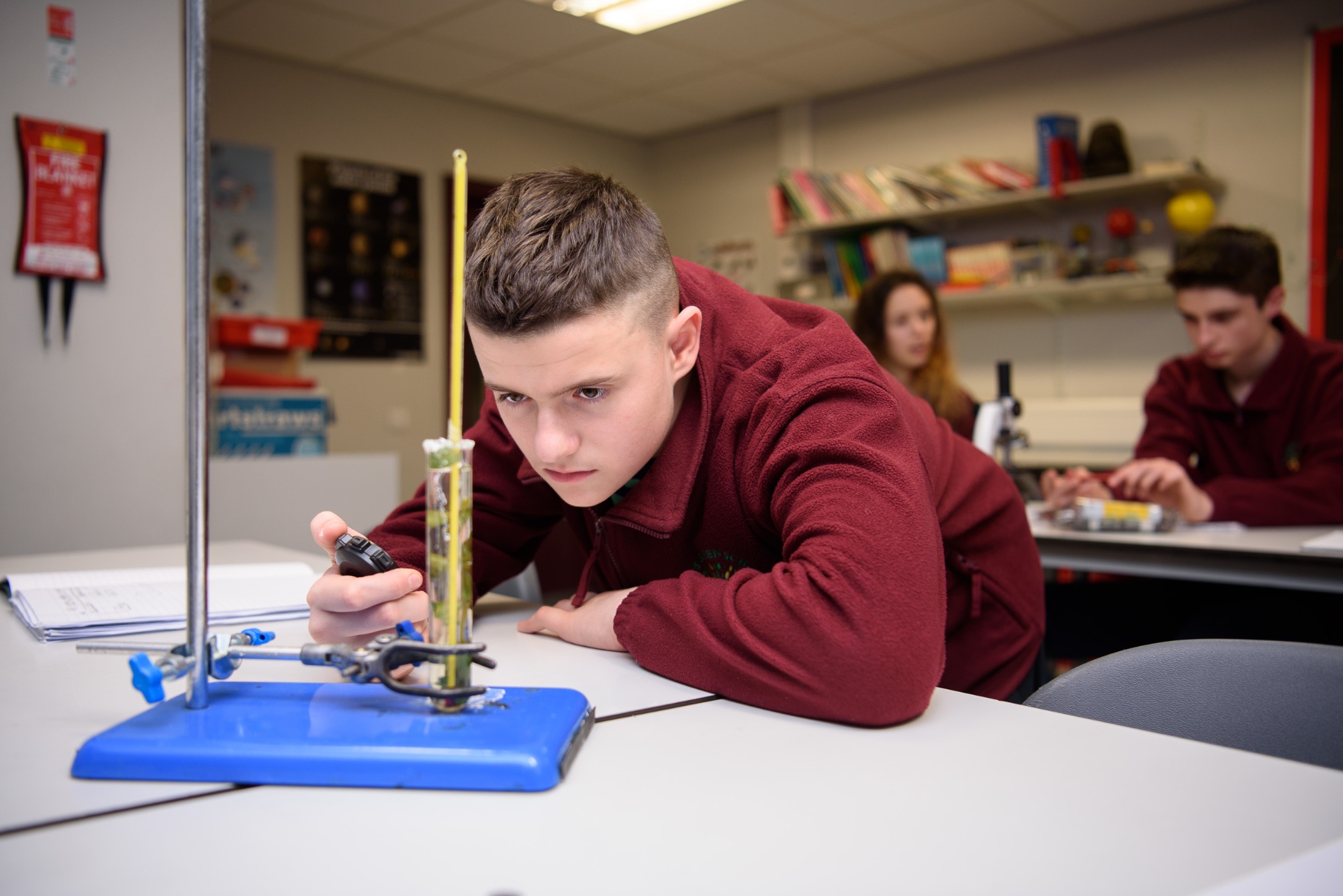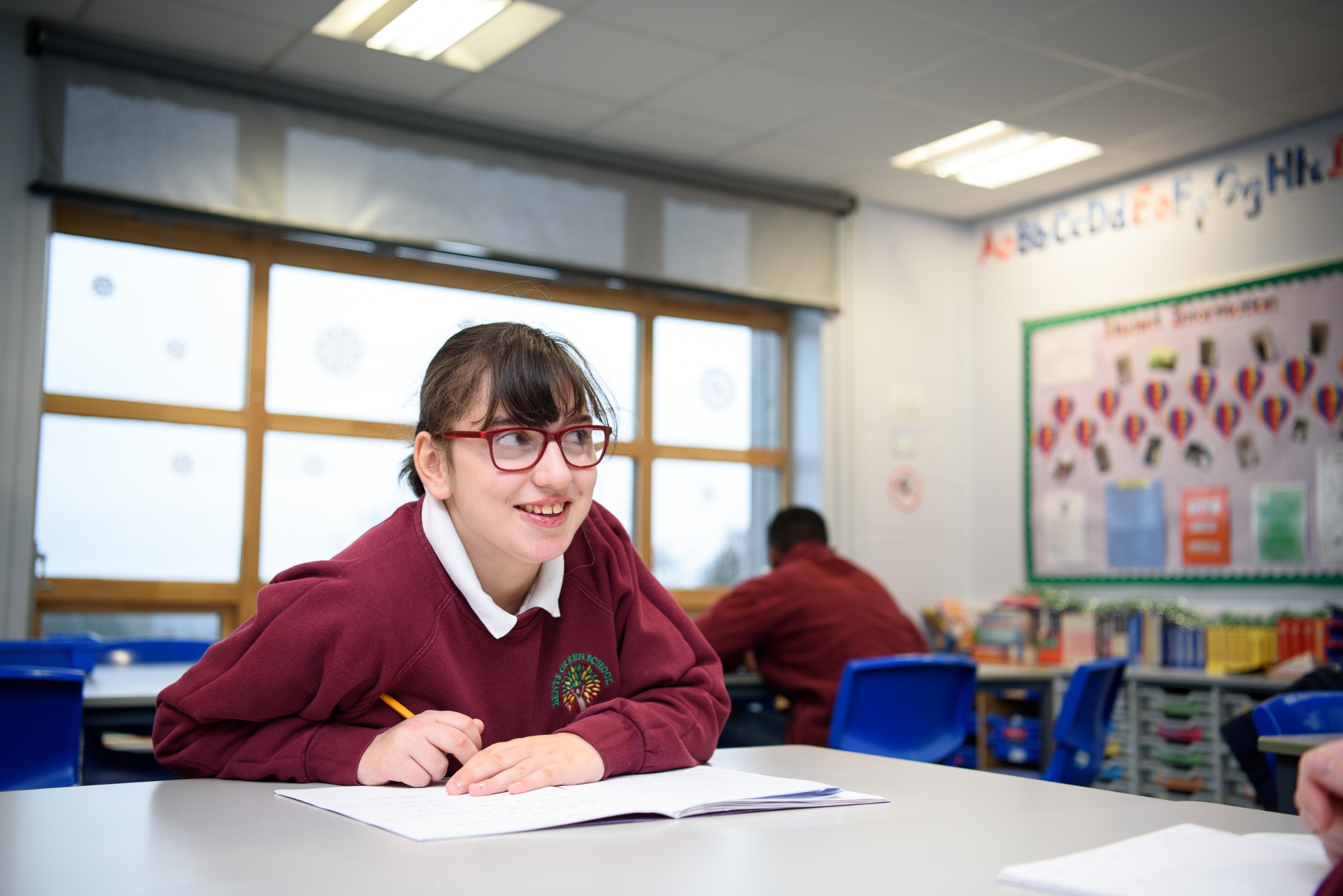Sensory Curriculum
At Bents Green School we understand and value the importance of our Sensory provision to support our student's learning, communication and regulation.
We integrate sensory practice into each Curriculum area, cherishing and celebrating the many wonderful opportunities that a sensory curriculum provides in enhancing learning to be engaging and memorable for our students.
We recognise that each student encounters the sensory world in different ways and Bents Green School strives to create a sensory provision and environment that not only meets the needs of each student but helps them to excel.
Our Sensory Curriculum includes a range of opportunities for students.
- Timetabled whole class sessions in the sensory area
- Small group sessions for targeted pupils
- Sensory circle time
- 1:1 sensory sessions
- Relaxation
- Rebound Therapy
Our Sensory Areas
Students have the chance to explore activities in our different rooms:
Messy Play - Sand, water, foam, gel, gloop, playdough, slime and ice
Activity Room - Dens, tunnels, tents, sensory games and activities
Movement Corridor - Large balls, space hoppers, pedal racers, sit and spin seat, spinning cone and scooter boards
Sensory Room - we use sound, lights, visual images and aroma. Exploring UV light, darkness and temperature. Equipment used in the room includes: bean bags, rocking chair, vibration massage tubes and a vibration bed.
What we do in the Sensory Area
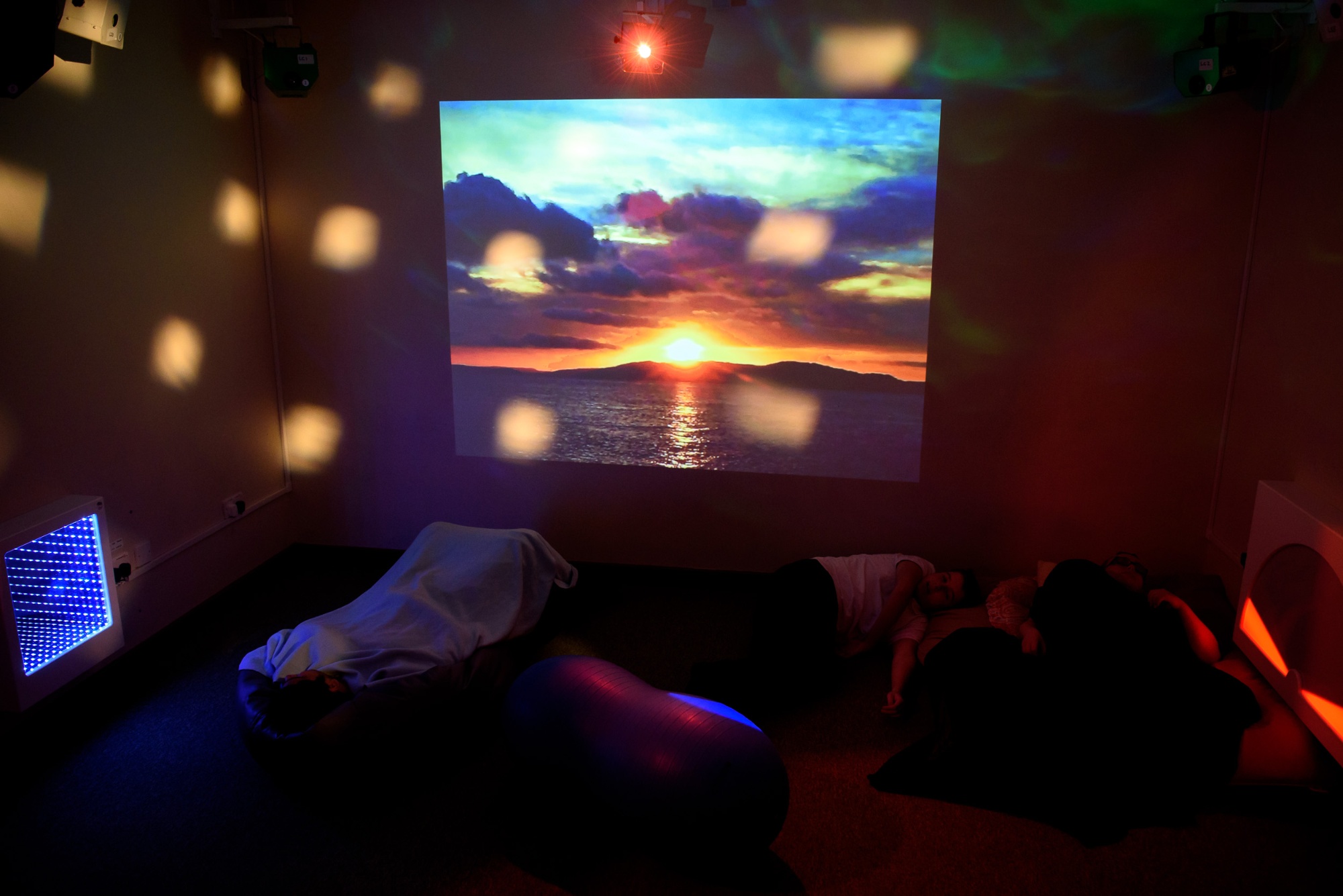
Time spent in the sensory area allows students to explore their response to a range of sensory themes:- Look, Listen, Touch, Mouth and Move along with Relaxation sessions.
Some groups access this through sensory circle time sessions.
Activities in the Sensory Area may involve staff using calming supportive touch to reassure, to correct posture, to comfort or calm pupils and for simple hand massage. We use lotions for hand massage and different food snacks, as part of the circle time and mouth activities to explore different textures and sensory responses e.g. crunchy, cold and chewy.
Health and safety
Please complete the sensory permission form with any details of your child’s skin, food/diet allergies and restrictions and any sensory avoidance. We also appreciate you informing us of any cultural or religious considerations we should take into consideration.
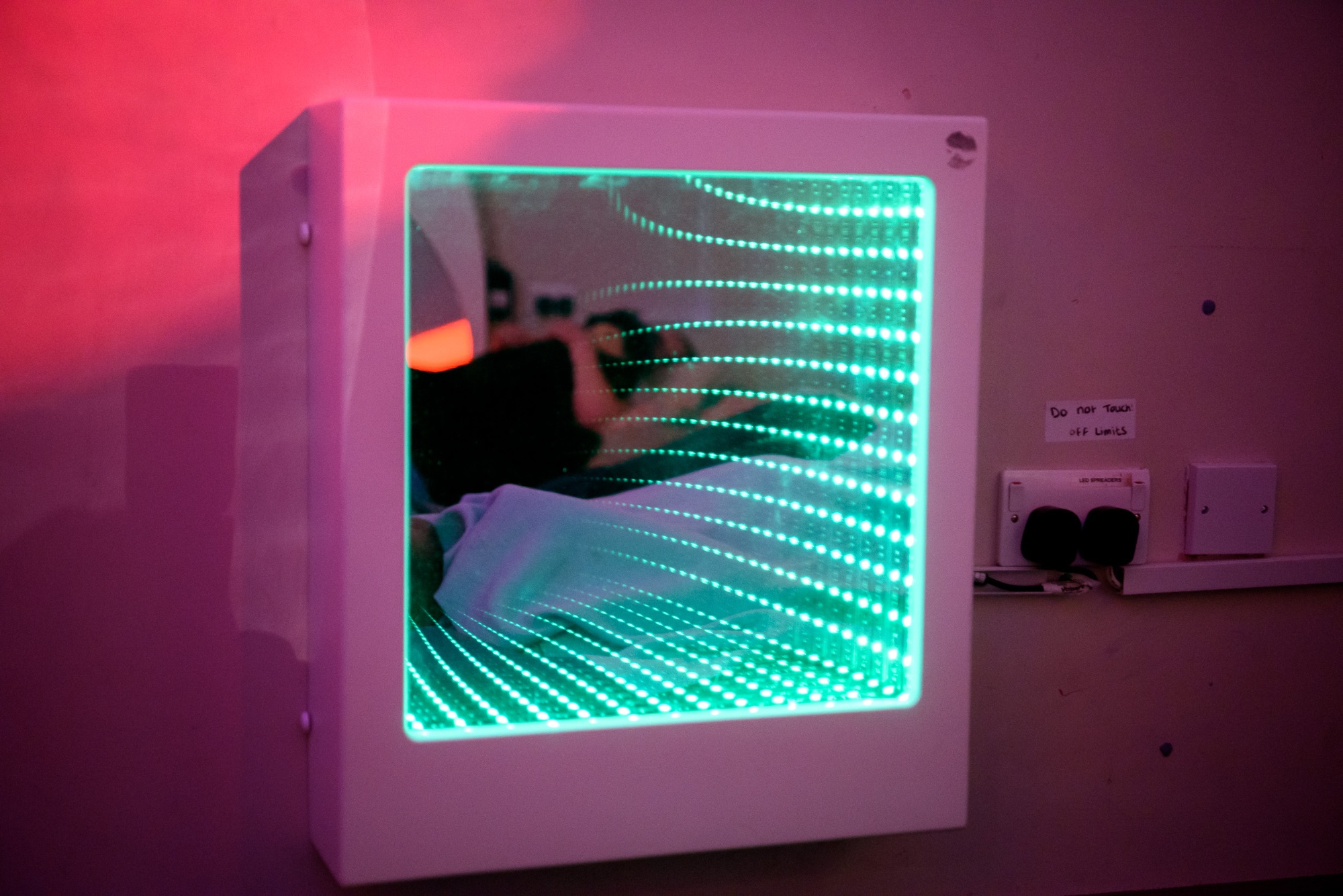
Why do we need to know about Sensory issues?
- Approximately 90% of people with Autism have some degree of sensory processing difficulty
- Sensory input can be used to help emotional regulation
- We are aiming to increase staff and student awareness of how students can use their sensory knowledge to recognise their current state of alertness as this relates to attention, learning and behaviour.
- With this knowledge staff and students can begin to recognise levels of “too slow”, “too fast” and “just right for learning”
- Knowing which sensory activities or resources will support each student to return to their “just right for learning” state will enable students to achieve more success in school.
Student Comments
"It’s a fun place. I like coming here it makes me feel happy"
"I think all schools should have one"
"I do like the sensory room because it’s really relaxing when you need some quiet"
"I would like to carry on next year because it calms you down"
Staff Comments
"It has made a massive difference to their emotional regulation and happiness"
"He knows he is going to feel better after a sensory session. He is definitely calmer and can now sit still and quiet for 10 minutes"
"Regular sessions have helped him access the rest of his curriculum. He couldn’t do this before"

